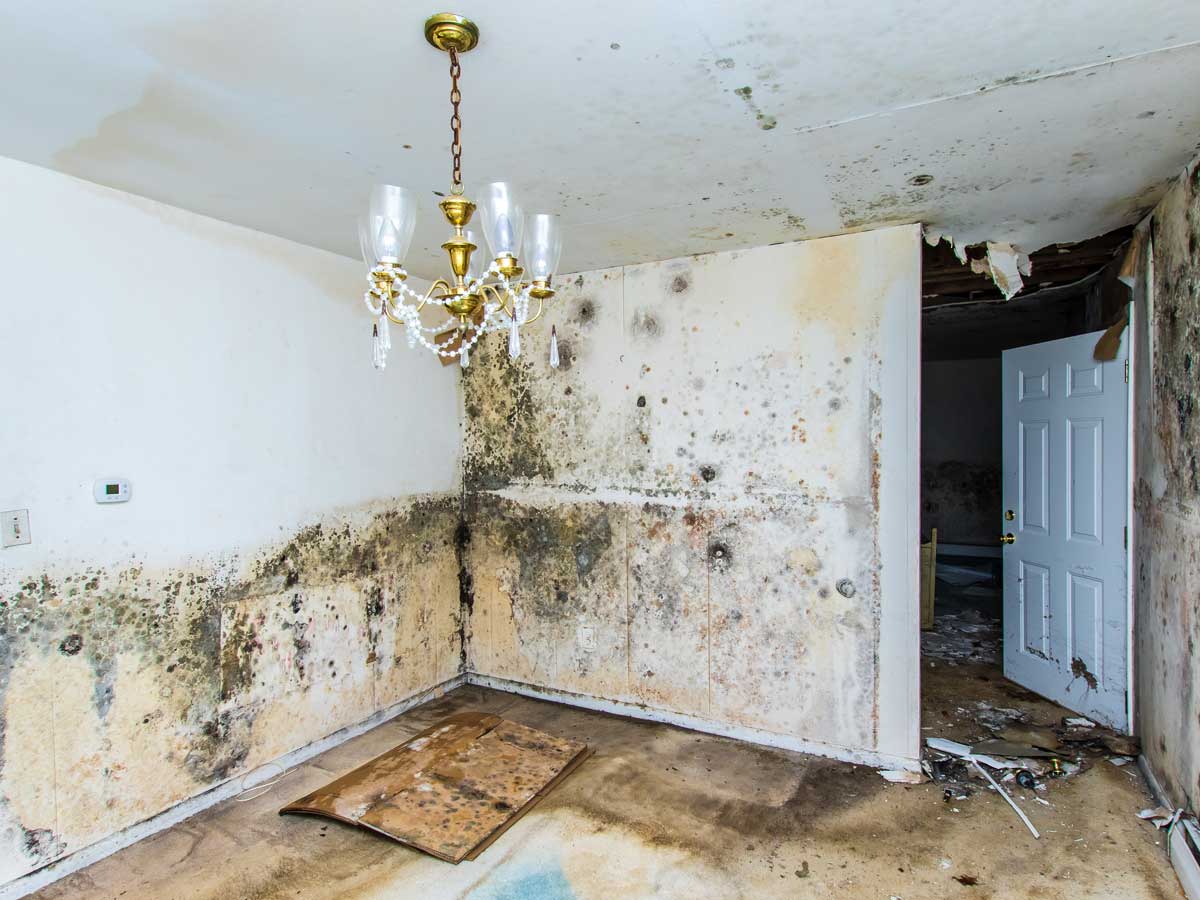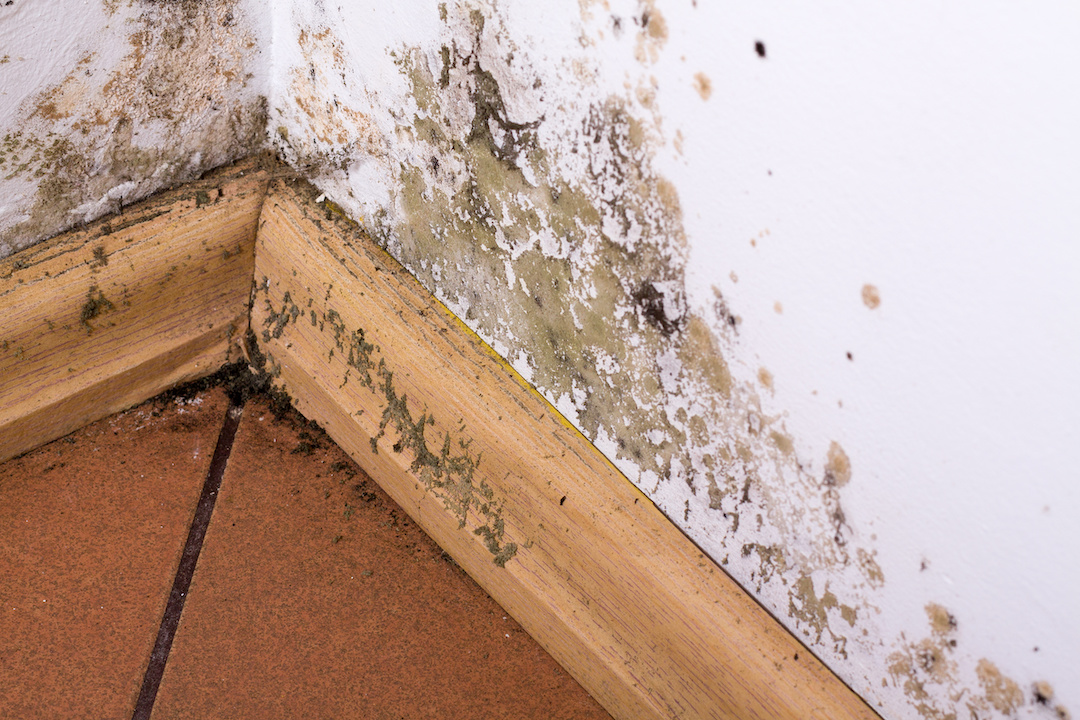Water Damage Cleanup Experts Offering Prompt and Efficient Solutions
The Process of Water Damage Cleanup: Ensuring Your Home Is Restored Effectively
Water damages can be a complicated obstacle for home owners, demanding a meticulous and structured cleanup process to restore safety and functionality. At first, a detailed evaluation is essential to recognize the level of the damages and figure out the ideal removal procedures. Following this, reliable water extraction strategies play a crucial duty in alleviating further injury. Nonetheless, the subtleties of drying out, sanitizing, and ultimate repair are equally crucial and usually forgotten. Understanding these phases can make a significant distinction in the outcome of your home's remediation, motivating a closer consider what each action entails.
Examining the Damages
Upon finding water damages, the initial step is to thoroughly evaluate the level of the impact. This preliminary examination is crucial, as it assists identify the essential actions for reliable cleaning and remediation. Begin by checking the impacted locations, consisting of walls, ceilings, floorings, and individual items, to recognize the source of the water breach, whether from flooding, leakages, or condensation.
Recording the damages is essential for both insurance policy cases and intending reconstruction initiatives - damage restoration services. Use photographs and written notes to capture the severity of the damage, noting any type of afflicted architectural aspects and materials. Pay special focus to areas that might not be right away visible, such as behind wall surfaces and under carpets, as hidden dampness can bring about more difficulties, including mold and mildew development
In addition, analyze the timeline of the water exposure. The longer the materials remain wet, the better the possibility for damage. Understanding the duration of direct exposure will certainly notify the seriousness of remediation efforts. Eventually, a detailed evaluation lays the foundation for a successful water damages clean-up process, making certain that all influenced areas are addressed effectively and completely.
Water Extraction Methods

Professionals typically utilize submersible pumps for bigger volumes of water, which can swiftly alleviate flooding in basements or other influenced locations. For smaller quantities, wet/dry vacuums are usually used to extract residual wetness from rugs and difficult surface areas. In addition, utilizing mobile extractors permits for targeted elimination in constrained rooms or areas with fragile materials.
In instances of infected water, such as sewage or floodwater, progressed extraction techniques may involve the use of biohazard equipment to make certain safety and security and compliance with health and wellness laws. High-powered extraction devices are important in reducing water retention in architectural products, which can cause mold growth and architectural degeneration otherwise attended to quickly.
Eventually, the performance of water removal techniques plays a pivotal duty in the overall success of the water damages clean-up procedure, preparing for succeeding reconstruction initiatives.
Drying and Dehumidification
Once standing water has actually been properly removed, the following critical phase in the water damage cleanup process is drying and dehumidification. This step is important to stop more damage and mold development, which can occur within 24 to 48 hours in damp settings.
To water damage service accomplish efficient drying, specialized equipment such as industrial-grade air moving companies and dehumidifiers is employed. Air movers distribute air across wet surface areas, boosting evaporation prices, while dehumidifiers reduce humidity degrees in the air, promoting a favorable setting for drying out. The combination of these devices guarantees that wetness is drawn out from walls, floors, and home furnishings, permitting them to dry completely.
It is important to keep an eye on the drying out procedure carefully. Professionals look at this website typically use wetness meters to analyze the wetness material in different materials, making certain that all affected areas get to acceptable dryness degrees. This thorough technique assists to avoid concealed dampness pockets that can result in architectural damages or unhealthy mold development.

Cleaning and Sanitizing
After the drying and dehumidification stage is full, the following vital step in water damage cleanup is cleansing and sterilizing the impacted areas. This procedure is crucial to protect against the development of mold, bacteria, and various other pathogens that grow in damp environments.
The cleansing phase normally involves getting rid of any kind of particles, dirt, and pollutants from surface areas making use of specialized cleansing agents. For tough surfaces, a combination of soap and water or commercial cleaning items is often utilized. Soft products, such as furniture and rugs, may need a lot more extensive cleansing methods, including heavy disaster restoration services steam cleansing or deep extraction strategies, to ensure thorough cleanliness.

Disinfecting complies with cleaning, using EPA-approved anti-bacterials to get rid of damaging microorganisms. This action is essential, specifically in locations that might have entered into contact with floodwaters or sewage, as these resources can pose severe health dangers.
Furthermore, it is very important to address any type of continuing to be smells, which may call for using odor neutralizers or advanced strategies like ozone therapy. Correct cleaning and sterilizing not only bring back the safety and security and health of your home yet also lay the groundwork for effective reconstruction and repairs in succeeding stages of the water damage clean-up process.
Remediation and Fixings

As soon as the assessment is full, restoration efforts can start. Furthermore, flooring may require comparable attention, depending on the degree of water exposure.
It is crucial to engage experienced reconstruction experts during this process, as they possess the experience to manage intricate fixings efficiently. Moreover, they can aid reduce potential future problems, such as mold development or structural instability, thus making certain a secure and habitable living setting. Ultimately, effective repair and repairs restore the home's honesty and improve its general worth.
Verdict
In conclusion, the process of water damage cleaning is critical for recovering a home to its pre-damage condition. Each stage, from analyzing the damages to executing efficient water removal strategies, followed by comprehensive drying out, sanitizing, and necessary repair work, plays an important role in guaranteeing safety and security and compliance with structure criteria. Efficient implementation of these actions not just alleviates immediate damages yet also improves the lasting integrity and worth of the home.
Water damages can be a daunting obstacle for home owners, requiring a meticulous and structured clean-up procedure to bring back security and performance. Ultimately, a thorough analysis lays the foundation for an effective water damage cleaning process, making certain that all impacted areas are addressed efficiently and extensively.
Effective water removal strategies are essential in minimizing damage and preventing further difficulties following a water breach event.In verdict, the procedure of water damages cleanup is important for restoring a home to its pre-damage problem. Each phase, from examining the damages to carrying out effective water removal techniques, complied with by thorough drying, sanitizing, and required fixings, plays a necessary duty in making sure safety and security and compliance with structure criteria.